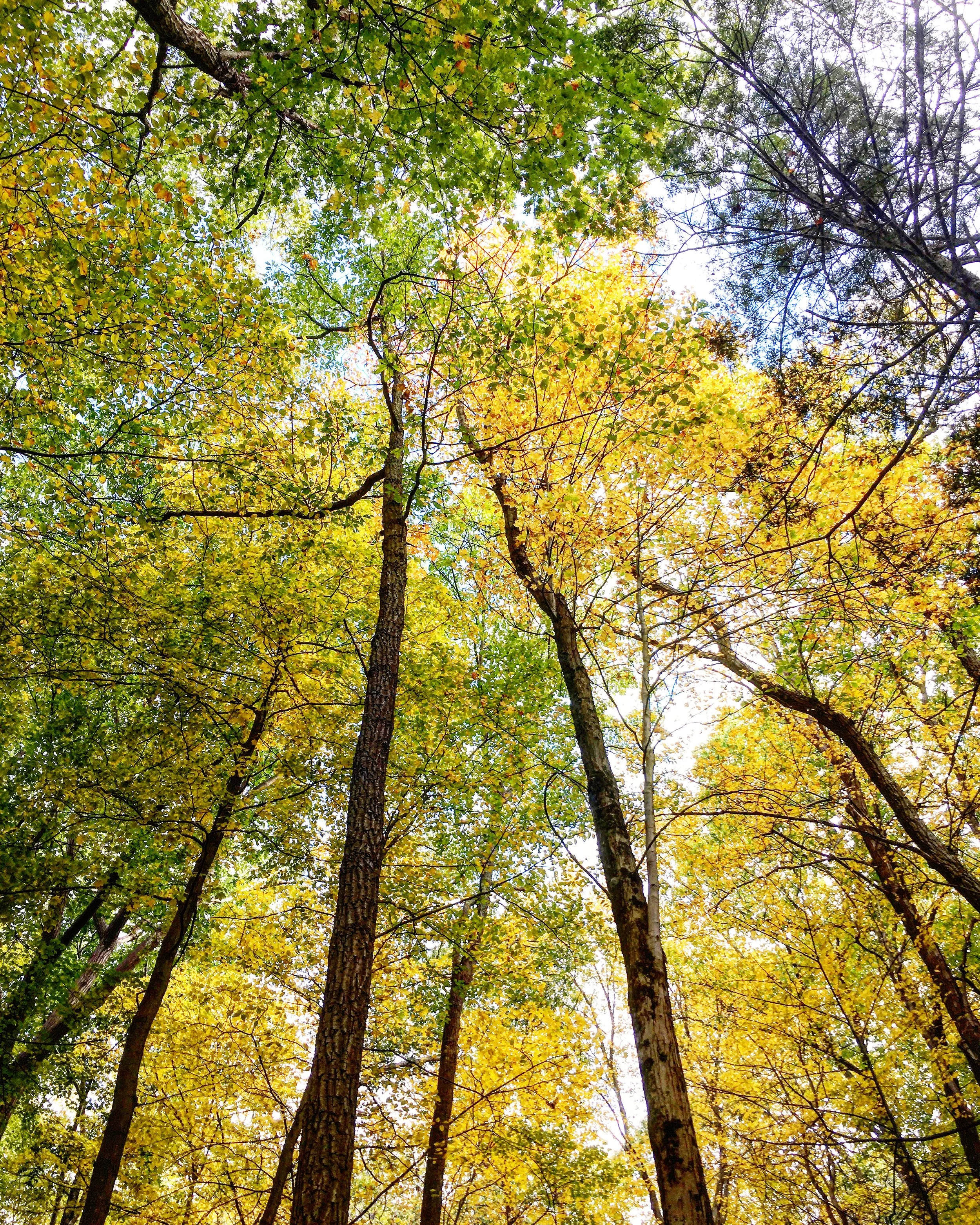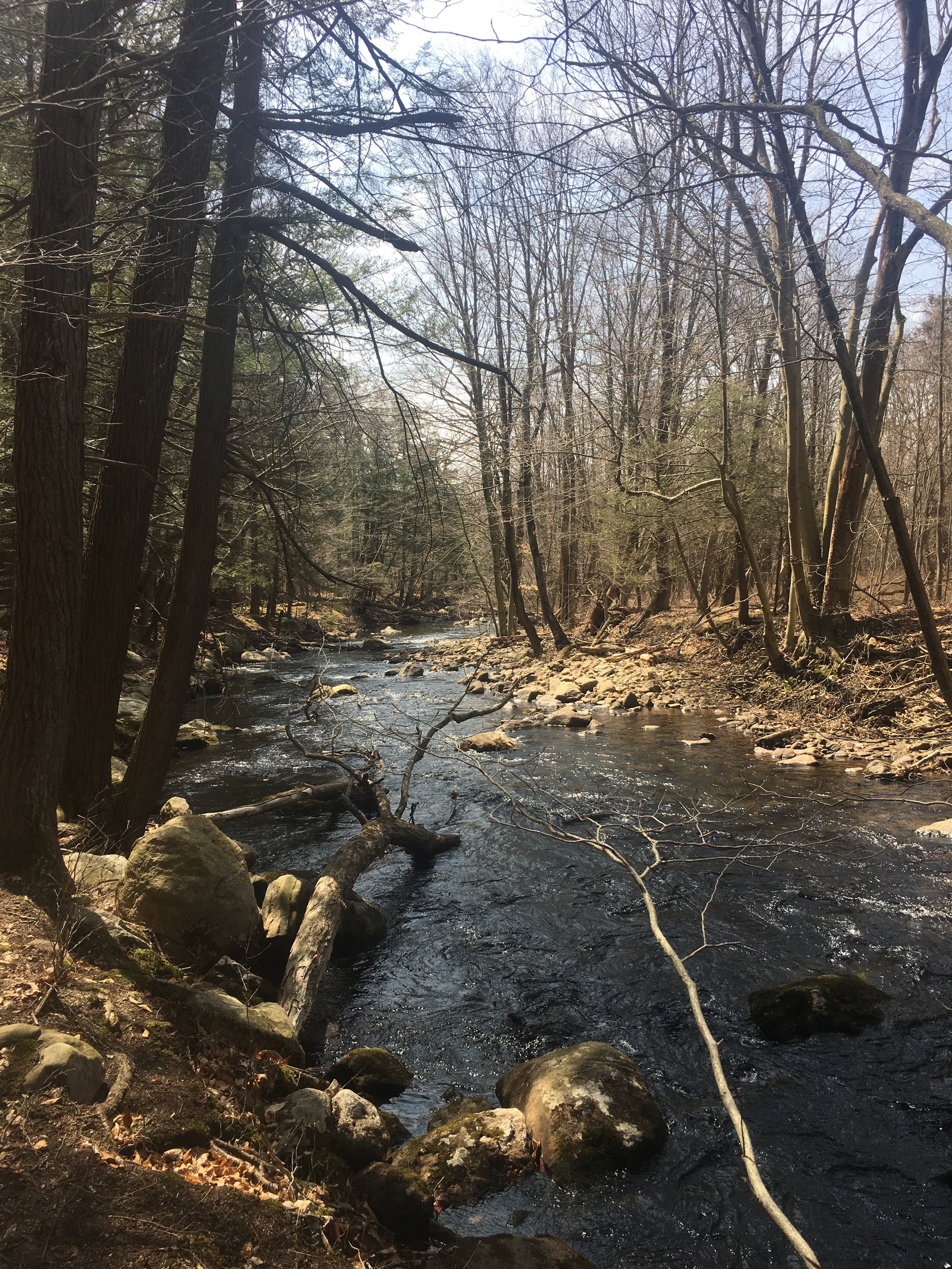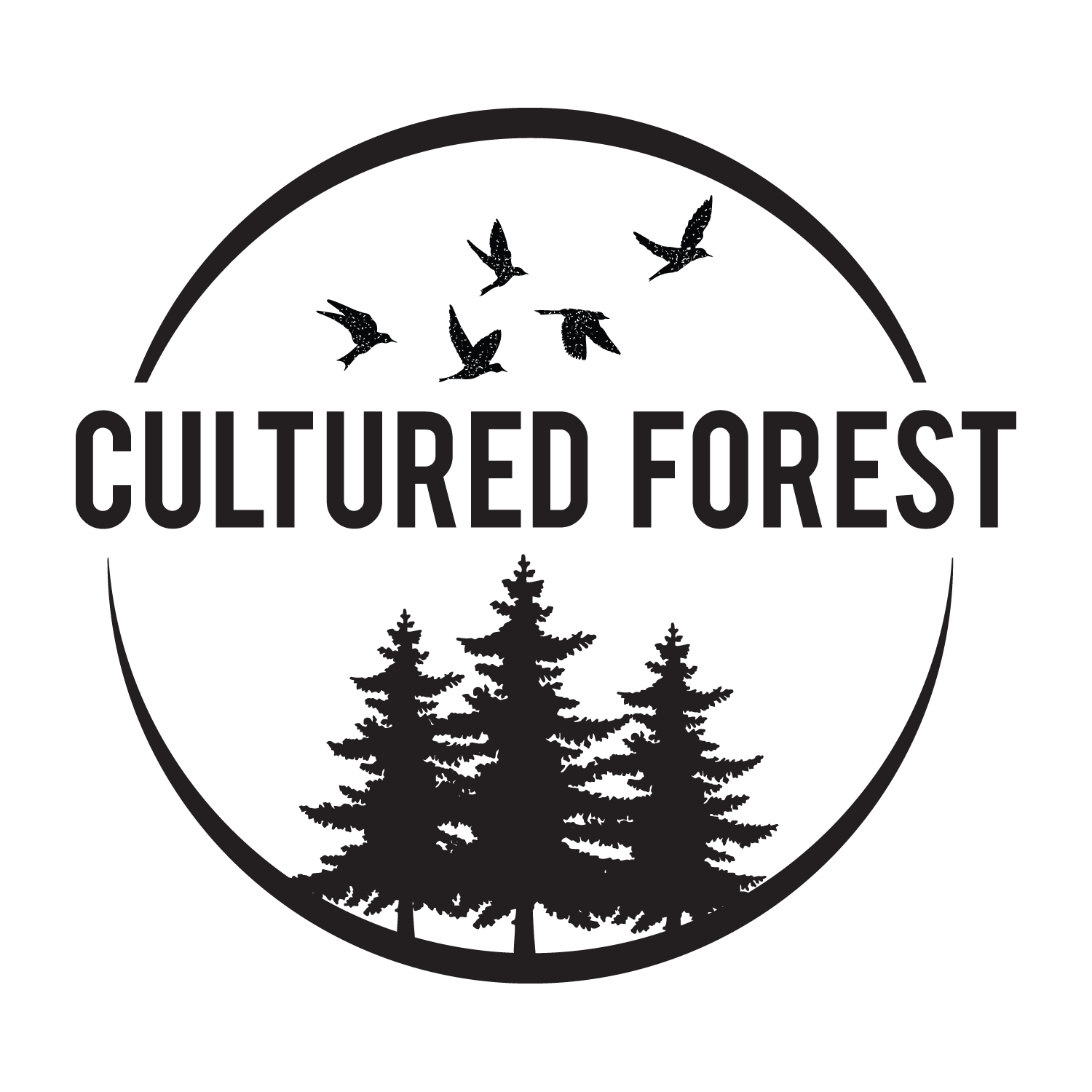Cultured Forest looks at the Benefits of Nature Based Mindfulness Programing Grounded in Shinrin-Yoku Concepts as a Remedy for Employee Burnout.
Read moreRecommended Reading for Nature connection
Below is a list of books in several categories related to nature connection that Cultured Forest recommends reading in partnership with Amazon.com. Our recommendations include non-fiction to educate yourself on how to better connect to nature and fiction writing to help you find an outdoor escape. Categories include books about forest bathing, nature connection, nature science, mindfulness, hiking, nature-based fiction and trauma recovery. If there is anything you would recommend please add it to the comments.
We recommend the following books an an introduction to Shinrin-Yoku or “Forest Bathing”:
“Forest Bathing: How Trees Can Help You Find Health And Happiness” by Qing Li
“Shinrin Yoku: The Japanese Art of Forest Bathing” by Yoshifumi Miyazaki
“Forest Bathing: A Start Here Guide for Beginners” by Dr. Cyndi Gilbert
The following non-fiction books discuss theories and science behind connecting with trees and nature:
“The Nature Fix: Why Nature Makes Us Happier, Healthier, and More Creative” by Florence Williams
“Last Child in the Woods: Saving Our Children From Nature-Deficit Disorder” by Richard Louv
The following books discuss the practices of Mindfulness and Meditation in nature for healing:
Conscious Nature: The Art and Science of Meditating in Nature by Josh Lane
Rewilding: Meditations, Practices, and Skills for Awakening in Nature by Micah Mortali
These books address body awareness and mindfulness as tools for recovering from trauma:
Books both fiction and non-fiction in which you will become intimately more acquainted with trees:
Try some adolescent adventure fiction to inspire your outdoor spirit:
These hiking memoirs will make you feel like you are on the trail:
Ideas for Bringing The Outdoors Indoors for Better Nature Connection
Right now in history many of us find ourselves indoors self-quarantining to avoid spreading Covid-19. This does not mean we need to feel disconnected from nature. Below are a few ways you can bring nature into your home. As you do these activities we hope you will find a bit of calm and peace to ease anxiety and stress.
-Aromatherapy. Aim for scents that are nostalgic and citrus to boost mood. Scents such as Pine, Fir, Hinoki Cypress, Cedar or Eucalyptus for their phytoncides, which have been shown to boost immunity. You can drop a little into your bath, use a diffuser or dabble a bit on your wrists to really get the benefits.
-Start a rock or shell collection. Place some on your desk where you work.
-Choose a rock to hold when you feel anxious or sad. You can keep one in your pocket during a stressful meeting or sleep holding the rock. Hold the rock over any part of your body that holds tension and imagine the rock holding that for you.
-Hang photos or paintings of nature/forests. Look at some of ours for inspiration.
-Get creative with nature: paint, write, poetry or play music. See our creative activity blogpost for a few ideas to get you started.
-Create an outdoors-inspired playlist. Here is our nature and hiking playlist on Spotify to inspire you: Cultured Forest Nature Lovers Playlist.
-Experiment with nature meditations (use an app like Insight Timer if needed).
-Grow an Herb Garden.
-Surround yourself with plants.
-Get more nature in your feed. Start by following us on Facebook and Instagram @culturedforest!
Please share your ideas in the comments below. This content is copyrighted to Brooke Mellen. Feel free to share it and kindly give us credit when you do.
Shinrin-Yoku: The Japanese Art of Forest Bathing in Harriman State Park
Shinrin-Yoku is a Japanese practice that was developed in the 1980’s as a means to get overburdened workers into the outdoors. It translates as “Forest Bathing” or taking in the outdoor atmosphere. Since that time studies have been conducted showing the many health benefits of spending time in nature including lowered blood pressure, increased immunity and decreased levels of the stress hormone cortisol. I recently learned about this practice and have since been incorporating it into my hiking adventures.
I recently hiked to Pine Meadow Lake at Harriman State Park on a solo trek to do Forest Bathing. I am training to be a Forest Therapy Guide and in my studies have learned that the Japanese version of Shinrin-Yoku basically encompasses a childlike appreciation of the forest while opening the five senses and expressing gratitude. The American version takes it a step further by incorporating Mindfulness activities, which have also been shown to reduce stress. So I ventured out to Harriman and channeled my inner child and desire to heal. It differs from hiking in that you focus on BEING in nature rather than trekking through it. It takes patience and imagination.
Each session begins with setting an intention, similar to a yoga class. On this particular day I toyed with a few ideas and settled on wanting to open my heart. So I embarked on my favorite trail that had finally thawed out after winter. First I paid attention to sound and heard the stream and the sound of trees creaking in the wind and the sound of my feet hitting the dirt. I noted the different shades of green in the moss on the rocks and expressed gratitude for spring.
I spotted a fallen tree that once stood mighty and placed my hands on it to commiserate after the rough winter, but also imagined the haven it would become for new life in the forest. If along the path I needed to grab hold of a tree for balance I did so and expressed gratitude out loud for the support. While contemplating opening my heart, if a particular difficult memory or emotion surfaced I would find a solid tree or rock and lean on it and imagine those emotions transferring over for safe keeping. I see these not as literal actions, but symbolic gestures. Either way I do feel relief in doing this as if these objects, which have withstood the elements could bear the burden.
Another element of Shinrin-Yoku is finding a sit spot. I took advantage of sitting on a rock near a stream and eating lunch. Here I practiced a Yoga Nidra meditation where you scan your body using your mind. This is a particularly good exercise for connecting with the body and living in the moment. I paid attention to the connection between my body and the rock on which I sat and the sound of the stream. I felt gratitude for the food I ate and slowed down to actually taste it.
Finally I reached my favorite spot on the trail where the stream turns almost into a waterfall. Here is one of the biggest stones on the trail, and I always stop to lean on this rock. This time I discovered a rock underneath the point where this boulder leaned against another that was perfect to lie on. I crawled inside and imagined the strength of these rocks and meditated focusing only on the in and out of my breath. With the sound of the stream in the background all my worries seemed to fade. When I stood up and walked to the stream I discovered another fallen tree and that it had fallen in such a way that I could hang on it and let my legs dangle like they would when I was a kid.
In Japan, Shinrin-Yoku sessions end with a tea ceremony. A guide would also take your blood pressure at the beginning and end and you could consult with a Dr. in the forest. A session can be anywhere from 2 to 4 hours but they don’t recommend more than that. It is also suggested that you walk no more than ¼ a mile. For most adventure lovers this could seem almost impossible. I have learned to slow down and notice the details and live in the moment. This practice has rolled over into my daily life as I express gratitude for the small pleasures of life.





